4 min read
Immobiliare.it takes the risk and resource inefficiencies out of feature launches
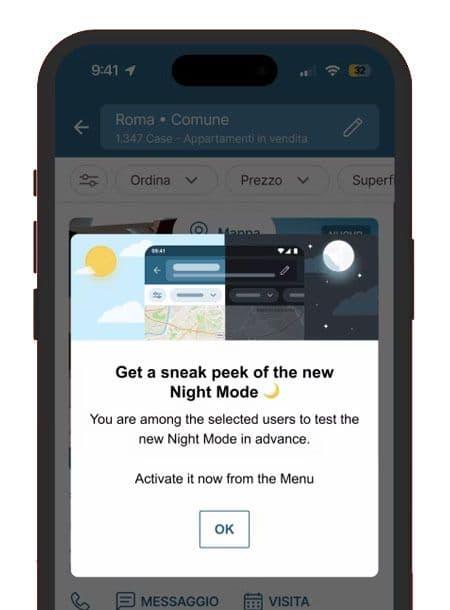
Immobiliare.it needed an agile solution to manage feature rollouts in order to provide better customer experiences without consuming valuable resources or risking the relationship with their users.
With Braze, the team tested and later confidently implemented a Dark Mode feature in their app, using significantly fewer resources than their customer engagement previous tool.
Immobiliare.it eliminated unnecessary complexity by bringing workflows into a single platform and reduced the time spent launching and promoting their new feature by 50%.
PRODUCTS USED
BY THE METRICS
50%
Reduction in time needed to launch and promote a new feature
+14%
Average number of listings viewed by users during night hours (vs. the same users before night mode activated)
Immobiliare.it, Italy's number one platform for listing and searching available properties, aims to provide potential homebuyers with a simplified way to explore the real estate market. As a brand deeply integrated into the journey of finding someone’s next home, Immobiliare.it recognizes that each path is unique, making delivering a personalized experience not just a goal, but a necessity. To hold up its commitment to being a hassle-free platform that meets its users’ individual needs, the Immobiliare.it team leverages Braze Feature Flags as part of their customer engagement strategy to revolutionize how they engage with users and introduce new platform capabilities.
Defining Feature Flags
Feature Flags are an agile tool that allows you to enable or disable features for selected user groups. They eliminate the need for additional code deployment, offering the flexibility to turn features on and off directly in production. With Feature Flags, teams can confidently roll out new features, enhancing user engagement while allowing for efficient testing and optimization.
Finding a tool that reduces unknowns, not resources
The Immobiliare.it product team’s journey with Feature Flags began when they found their existing feature management tools couldn’t meet their needs. Not only did these tools require heavy engineering involvement, but they also lacked the capabilities to deploy features to specific user segments, ultimately making it harder to understand the effectiveness of a launch or update.
The team looked to Braze to streamline their process and get more insight into launches. In addition to using the Braze platform’s audience segmentation and cross-channel messaging solutions for the upcoming launch of their app’s Dark Mode, the team tapped into Feature Flags—simplifying the number of solutions needed to tackle the launch and minimizing the number of resources required.
Transforming feature deployment with Feature Flags
Before investing more resources into building out Dark Mode capabilities globally in the app, the team wanted to test the functionality and collect valuable user feedback with a smaller group. To do this, they deployed the feature first to a targeted segment—users most active in the evening—to see if these users enjoyed Dark Mode and if it increased app activity.
With Feature Flags, the team toggled Dark Mode on, ensuring only those selected saw the feature. Next, they sent an accompanying in-app message to announce the new feature as well as an in-app survey asking about the users’ experience two weeks later. With Braze, Immobiliare.it is able to target an audience segment based on which Feature Flags are enabled, ensuring the right users are getting the right communication. They’re also able to reduce complexity of the launch: Feature Flags and associated messages can be enabled all in one go, whereas previous they had to turn on a feature in one system and then manually launch messaging in another.
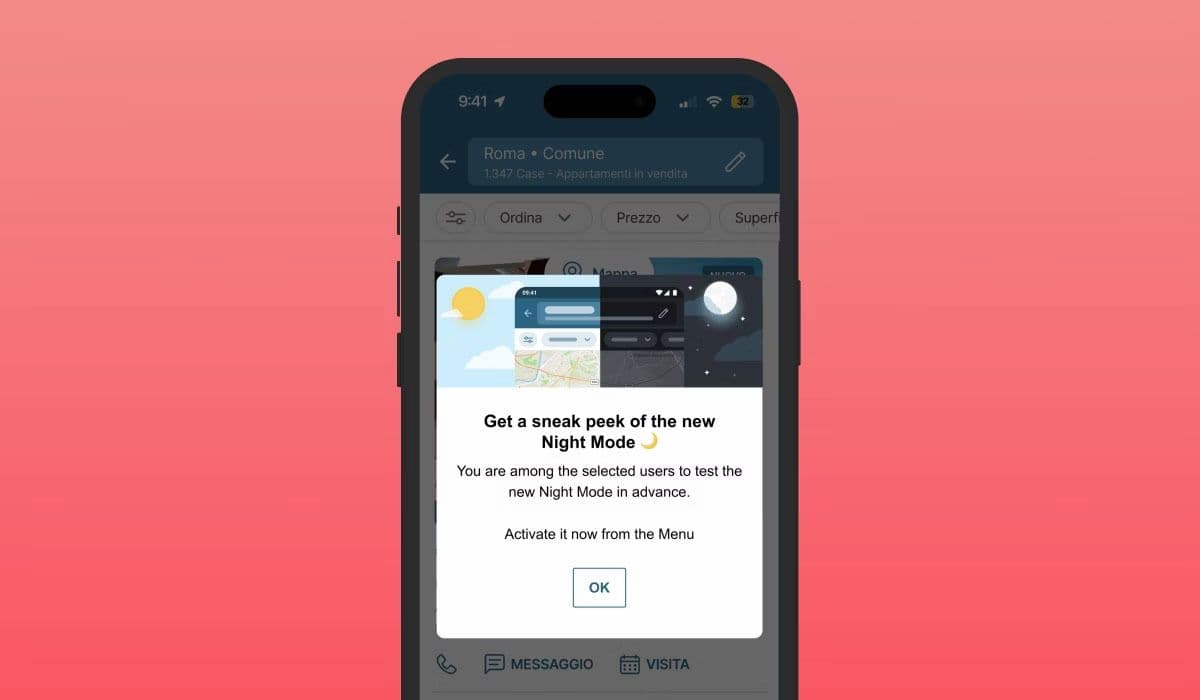
By running the experiment on their Dark Mode launch, the team minimized risk by reconfirming their assumptions regarding user desire for the feature. Once they validated the demand for Dark Mode with “power users” and measured higher app activity at night with the test group, the team released Dark Mode globally to all app users.
With Braze Feature Flags, we were able to reduce campaign development time by 50%. The tool has been instrumental in allowing us to easily coordinate feature releases with customer messaging with a single click and eliminate risks of inconsistency in segment targeting. Our product teams have been able to run with Feature Flags and collect valuable insights efficiently and independently, enabling us to provide the seamless and personalized experiences to our customers that they have come to expect.
Paolo Sabatinelli
Chief Product Officer of Immobiliare.it
But that wasn’t the only success. Having everything in one place drastically streamlined the team’s ability to analyze product insights from the launch; what in the past took multiple people more than a month to do was now achievable in just two weeks by a single product manager. Ultimately, the Immobiliare.it team reduced the time spent launching and promoting a new feature by 50%, giving the team back time and resources to achieve even more. Moreover, this launch was managed by one person, on a single platform, with zero inconsistencies.
Key Takeaways
Start with segmentation. Boost user satisfaction by offering customized experiences, products, or services tailored to distinct customer groups. Alternatively, follow Immobiliare.it’s strategy of employing segmentation to engage directly with customers and gather their valuable feedback.
Agility is a must for product development. Introduce agility into the product development process with tools like Feature Flags. By enabling selective feature deployment and gathering targeted user feedback, companies can make informed decisions about rollouts, reducing risk and allowing for more responsive and user-focused product enhancements.
Find tools that can do more while requiring less. Implementing efficient tools can significantly reduce the time and resources required for feature development, deployment, and more—allowing companies to focus on innovation and improvement. By streamlining processes, organizations can allocate their efforts more effectively, leading to faster growth and adaptability in their respective markets.
PRODUCTS USED
Check out more Case Studies
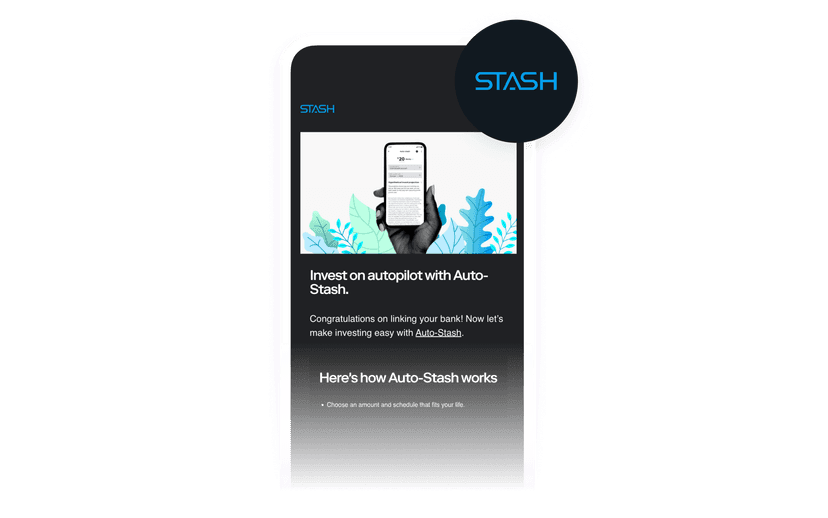 Case Study5 min read
Case Study5 min readStash drives long-term investing habits with sophisticated, personalized user onboarding
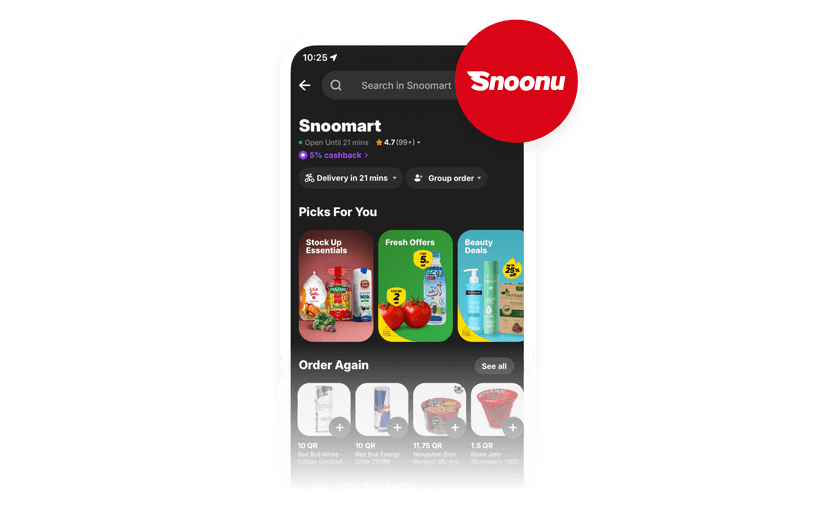 Case Study3 min read
Case Study3 min readSnoonu drives customer loyalty and repeat orders through a gamified shopping experience
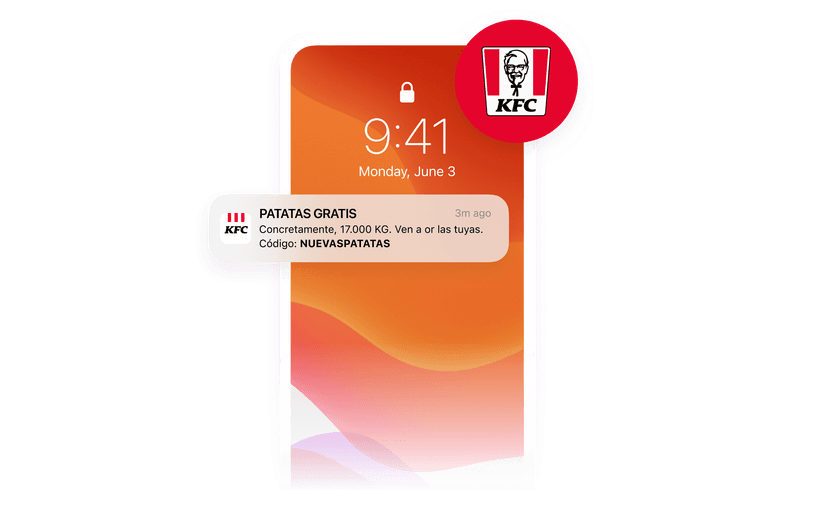 Case Study4 min read
Case Study4 min readKFC Spain's bold customer engagement strategy turned critics into fans